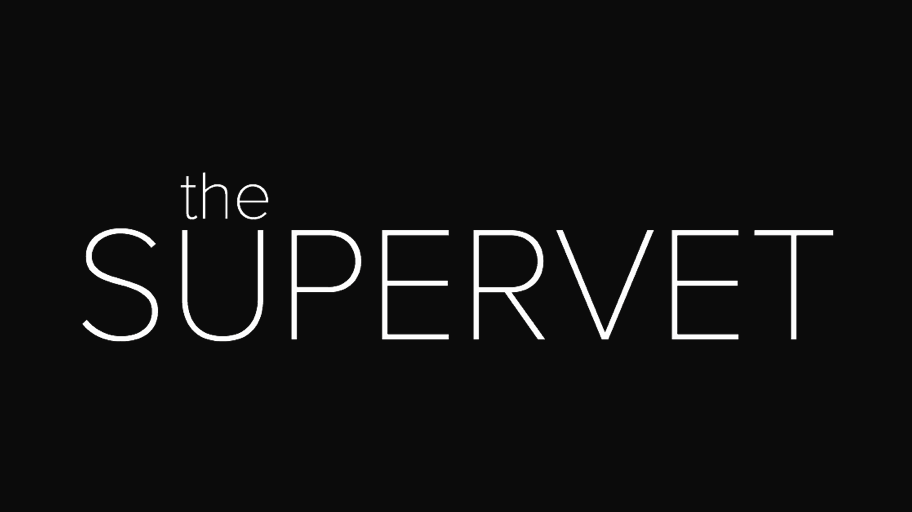Ice is a gorgeous pure-white 8 month old German Shephard puppy and is the companion of Katie, who fell in love with him the moment he came into her life. Ice has been there for Katie when her father sadly passed away, and Katie would do anything for her best friend.
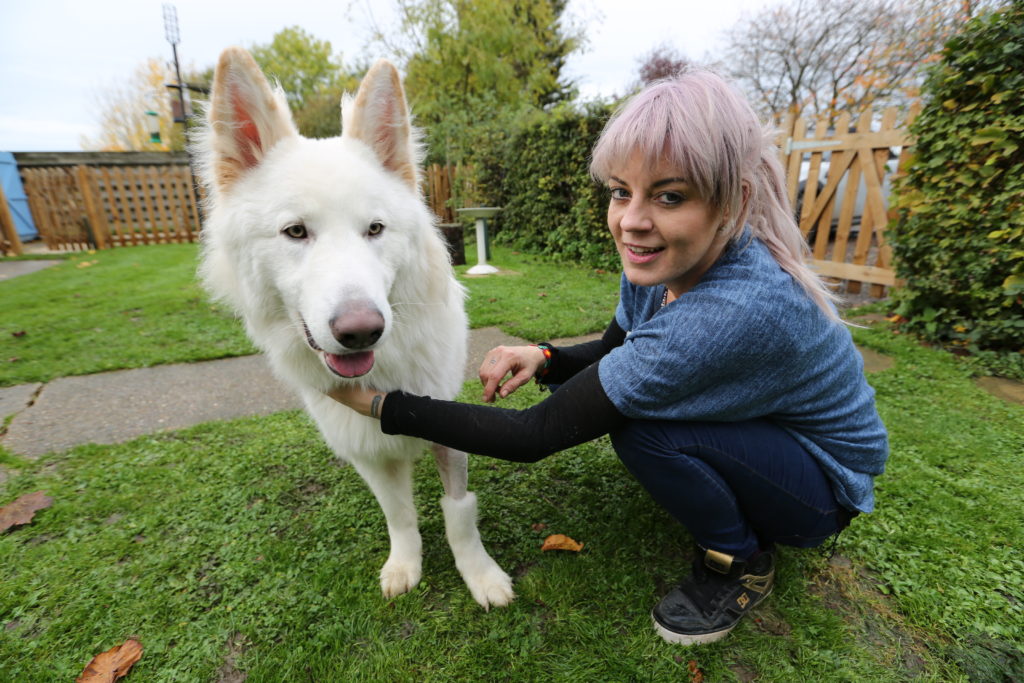
Ice was referred to Professor Noel Fitzpatrick to investigate his front leg and hip problems, to see what could be done for the young dog.
When Noel meets Ice, he conducts a full examination and identifies that there is a dramatic difference between the left and right front leg. Ice has an antebrachial limb deformity affecting his front left leg, which means that one of the bones is growing faster than the other, causing the front foot to twist sideways. Ice is in pain when his left elbow is moved. He also identifies that both of his hip joints are loose, where the heads of the femurs do not sit in the sockets properly (coxo-femoral laxity due to hip dysplasia). This is causing pain in both of Ice’s hips.
Noel explains to Katie and her mum Sara that the road ahead for Ice is going to be a long one; the procedures Ice would need to tackle all the issues were not straightforward and he would need multiple surgeries. Katie is steadfast in her desire to do what she can for her friend, and Ice goes through for x-ray imaging and a CT Scan to explore what options are available.
When Noel sees all of the images, the unfortunate news is that Ice has another problem, a condition called OCD (Osteochrondritis Dissecans) in his left elbow joint. This is a developmental disorder which causes the cartilage in Ice’s left elbow to flake away and ultimately would mean that Ice’s bones would rub against each other.
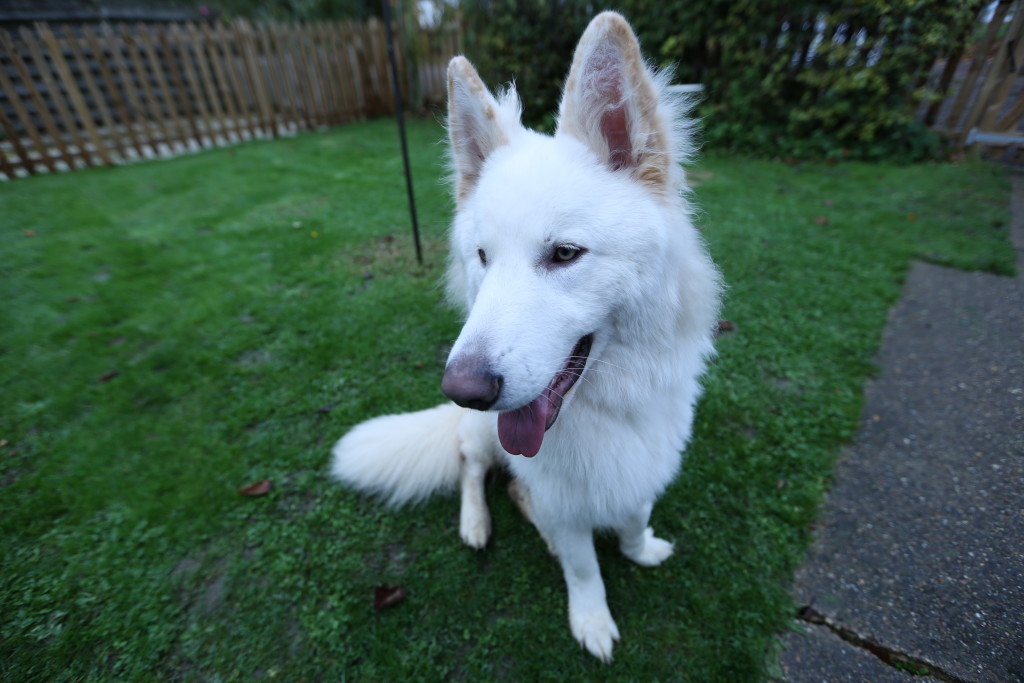
Noel explained that Ice would need multiple procedures to straighten the left front leg, to address the “hole” in his joint caused by the OCD and to try to address the looseness of his hips. Euthanasia needed to be discussed because it was an option as this would be a very long journey for both Ice and Katie. However, there was a real possibility that the surgeries could mean that Ice could lead a fully functional and normal life. This is a difficult dilemma and a tough decision for Katie, but she quickly decides she is not ready to say goodbye when the chance of a good life for Ice is possible.
Noel operates on the front left leg first to address the deformity. Within the forearm the ulna is too short and the radius is too long. Noel removes a section of bone from the ulna to allow the radius to carry on growing unimpeded. Noel also performs arthroscopy on Ice’s elbow, which involves looking with a camera down a large needle into the joint. He identifies a large hole in the joint surface quite close to the edge of the weight-bearing surface of the humerus. Noel has solved this problem in other patients by fitting a synthetic replacement plug, however this route will not be possible for Ice as the hole is far too close to the edge of the elbow joint.
Noel hopes that a new kind of biological treatment will help repair his elbow. Noel uses ground breaking cell treatment – extracting cartilage cells from Ice’s own elbow, then growing them in the laboratory, then re-injecting them with a biological glue to repair the damaged joint surface.
After two weeks of bed rest at home with Katie, Ice returns to Fitzpatrick Referrals for the next phase of surgery. The cells have been growing in the laboratory and have propagated into millions, ready to breathe new life into the hole in Ice’s joint.
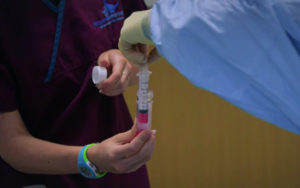
Once Noel has injected the cells into Ice’s elbow, he then tackle Ice’s loose hip joints in the hope of preventing debilitating arthritis. This was the biggest surgery that Ice would have and involved cutting both wings of the pelvis and also the base of the pelvis and then opening the wings of the pelvis like a book opening – on both sides – so as to rotate the side of the pelvis (ilium) back out over the head of the femur on both sides. This procedure is called a pelvic osteotomy and the objective is to move the hip sockets so that the heads of the femurs sit deeply in the sockets again. The objective is to re-establish the hip joints and avoid arthritis. On each side two specially angled plates lock the bone segments in position.
Ice was able to go home after 2 weeks dedicated care from the ward staff and Katie took over as Ice’s full time carer, transforming her home into a cosy den for Ice to take the necessary time to heal.
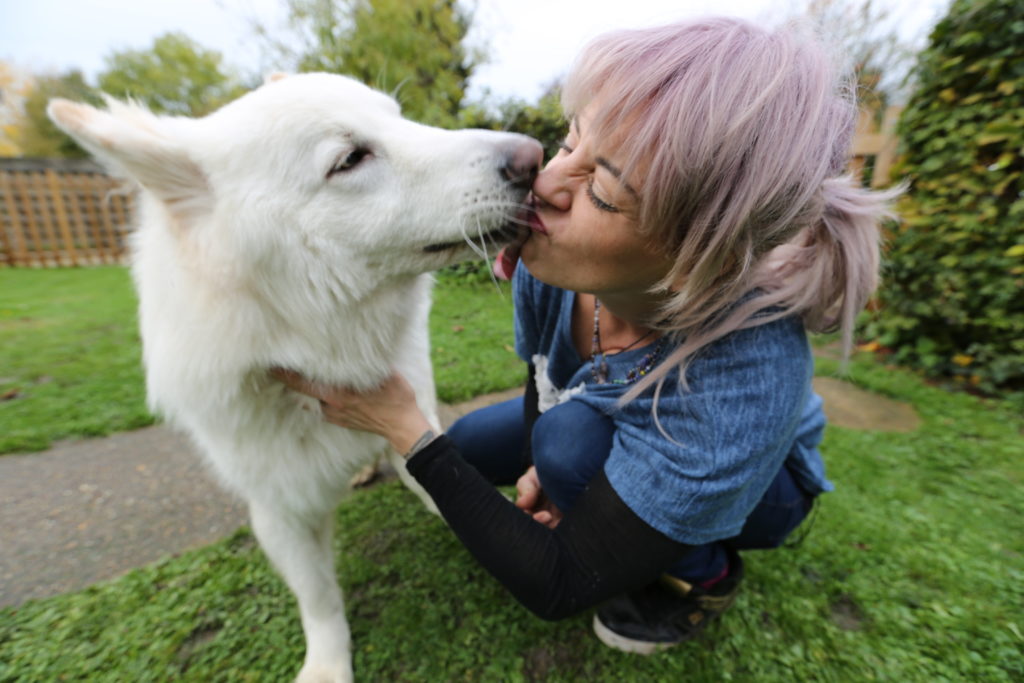
12 weeks later and Ice returns to Fitzpatrick’s for a final check-up. Noel is delighted to see that the regenerative medicine has worked. The camera shows that the hole in the joint has filled in with new cartilage. The pelvis has healed and there is now a real chance that Ice can live without pain in either hip or the elbow joint.
Regenerative medicine, where cells are grown to reproduce various diseased parts of the body, will revolutionise animal and human surgical techniques over the next decade and will yield endless possibilities for healing and cure of disease. We are delighted that Ice benefited from this medical revolution and our greatest joy is to see the result of this brave new frontier – Ice running around as the playful pup he was always meant to be.
